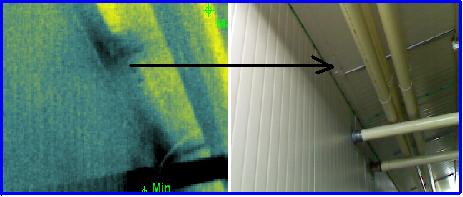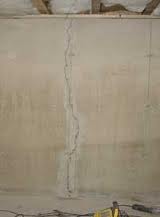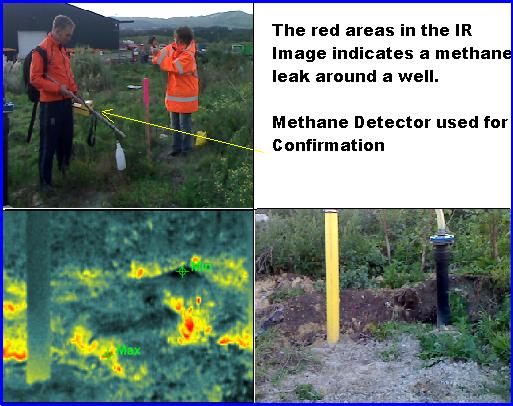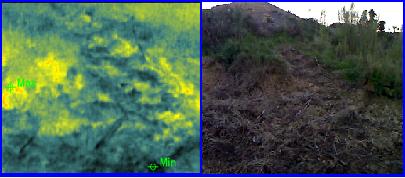One of the most common questions I get asked, especially from first time home buyers wanting a building inspection:
“Which type of plaster cladding leaks the most?”
Let me get directly to the answer, based on inspecting over 1300 plaster houses at the time of writing this. It’s not very often that water physically gets through the plaster system when there are no cracks in the cladding.
Here are a few of the reasons why houses leak: (These causes can get worse with no cavity and untreated timber framing)
- Where the cladding meets the window joinery it’s not flashed correctly causing water to get in behind the plaster, then further down in behind the building paper and onto the framing.
- There are no head flashings above the window, letting water in around the top of the frame
- Large cracks in the cladding allow water to soak through in behind cladding and possible through building paper penetrations.
- Decks leak directly down into the wall and onto the timber framing
- Internal gutters leak or butanol membranes fail from not lipping high enough up underneath doors/parapets and so on.
- Water gets through fixings such as deck railings, nails and anything screwed through the cladding etc
There are plenty of other reasons that cause leaky buildings (or isolated leaks), but as you can see above that it’s not the actual plaster itself that leaks… it’s the workmanship and design of the home that is the problem. You could stand there all day with a hose and spray a large section of polystyrene or harditex cladding in an area where there are no windows, and it won’t leak directly through (Providing there aren’t any cracks). Even if there are cracks in areas away from windows, the water still needs to get past the building paper to penetrate the framing. Then… you could spend just 10 minutes spraying the nearest window and it might leak like crazy right away if it’s not sealed/flashed correctly or the window mitres have failed.
Other common opportunities for moisture to enter your walls which could cause you grief:
- When your shower plumbing (such as the mixer) is up against an external wall. A slow drip in the plumbing will then proceed to fill your external wall framing with water every time the shower is used! It’s get worse if it’s on the top floor because gravity takes over and it fills up the lower level wall below it also. Nice!
- If you get any condensation then you need to stop it asap. Not only does it cause unhealthy mould on curtains, it runs down the window and potentially rotting the sill (Which has a timber sill plate below it), or even worse the internal mitres on the window have failed and you wall is filling up with condensation water… even on those sunny days.
- Shower screen leaks. If your shower is leaking water out the corners of the screen, then reseal it asap with a high quality sealant. We have seen many cases where home owners just think “It’s only a shower leak… no big deal“… well… it starts getting into the wall without you knowing and can become a real headache. Have you ever seen the gib board in the corners of your showers start to look like you could put your finger through it? Too late… the water is already in the bottom plate and possibly in behind the shower box itself.
Both home owners and buyers need to take care of the property they own or are buying, because it’s the small leaks that you already know about that turn into big decreases in your bank balance over time. Remember, if you can see visual evidence of moisture problems then it’s already too late in many cases.
Get a thermal imaging quick scan today and stay ontop of any pending disasters before they get out of hand! We give free quotes over the phone for these type of ‘peace of mind’ inspections, and it’s well worth it every time.











